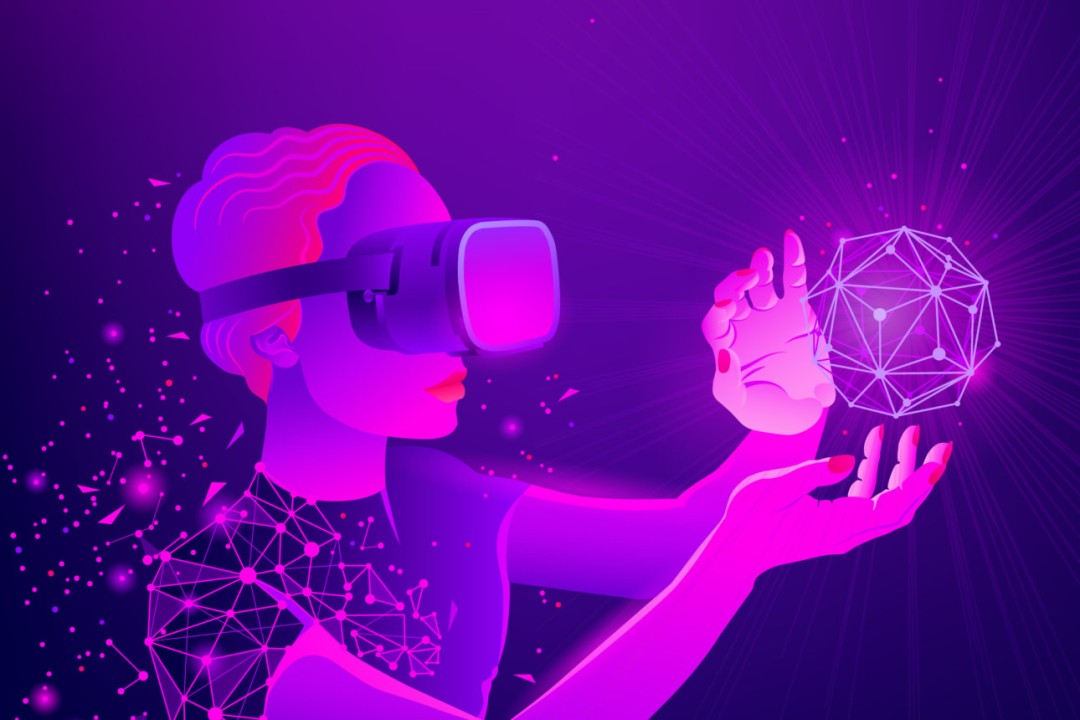The Incoming Wave of Extended Reality Technology: A Paradigm Shift in Digital Interaction

As we stand on the precipice of technological evolution, the imminent arrival of Extended Reality (XR) is set to redefine how we perceive and interact with the digital world. Extended Reality is an umbrella term encompassing Virtual Reality (VR), Augmented Reality (AR), and Mixed Reality (MR), each offering a unique blend of immersive experiences. From enhancing gaming environments to revolutionizing professional training, XR technology is poised to reshape our reality in ways previously deemed unimaginable.
1. Virtual Reality (VR): Unlocking New Realms of Experience:
VR, the most immersive facet of Extended Reality, transports users to entirely virtual environments. Whether it’s exploring distant planets, simulating real-world scenarios, or immersing oneself in interactive narratives, VR offers an unparalleled level of immersion. Industries from education to healthcare are embracing VR for training simulations, therapeutic interventions, and experiential learning.
2. Augmented Reality (AR): Bridging the Digital and Physical Worlds:
AR overlays digital content onto the physical world, creating a blended reality. From smartphone apps providing real-time information to AR-enhanced navigation systems, the applications are diverse and far-reaching. In industries like retail, AR is transforming the shopping experience by enabling virtual try-ons and interactive product displays.
3. Mixed Reality (MR): The Seamless Fusion of Real and Virtual:
MR seamlessly integrates digital and physical elements, allowing users to interact with both simultaneously. Microsoft’s HoloLens, for example, overlays holographic images onto the real world, facilitating interactive 3D modeling, remote collaboration, and complex task guidance. MR holds immense potential in fields such as design, engineering, and architecture.
4. Applications Across Industries:
The impact of XR extends far beyond entertainment and gaming. Industries are recognizing the transformative potential of XR in areas such as:
– Education: XR facilitates immersive learning experiences, enabling students to explore historical events, dissect virtual organisms, or participate in realistic medical simulations.
– Healthcare: From surgical training in VR environments to AR-assisted surgeries, XR is revolutionizing medical education and patient care.
– Enterprise: XR is enhancing employee training, virtual collaboration, and complex task execution. It enables remote experts to guide on-site technicians and brings geographically dispersed teams together in shared virtual spaces.
5. The Evolution of Social Interaction:
XR is not just about individual experiences; it’s about transforming how we connect with others. Social VR platforms are emerging, providing users with virtual spaces to interact, attend events, and collaborate. The metaverse, a collective virtual shared space, is becoming a tangible concept with XR technologies acting as the gateway to this interconnected digital universe.
6. Overcoming Technological Barriers:
As XR technology advances, efforts are underway to overcome previous limitations. Improvements in hardware, such as lighter and more comfortable headsets, and the development of 5G networks for seamless data transmission contribute to a more accessible and user-friendly XR experience.
7. The Future Landscape:
The integration of XR into our daily lives is not a distant future but an unfolding reality. As technology continues to evolve, XR is set to become an integral part of various industries, unlocking new possibilities for creativity, collaboration, and innovation.
the incoming wave of Extended Reality technology marks a paradigm shift in how we engage with the digital realm. From immersive simulations that redefine education and training to social interactions in virtual spaces, XR is poised to revolutionize our concept of reality itself. As the technology matures, the boundaries between the physical and digital worlds blur, ushering in an era where the extraordinary becomes the new norm. The future, it seems, is not just virtual; it’s extended.

